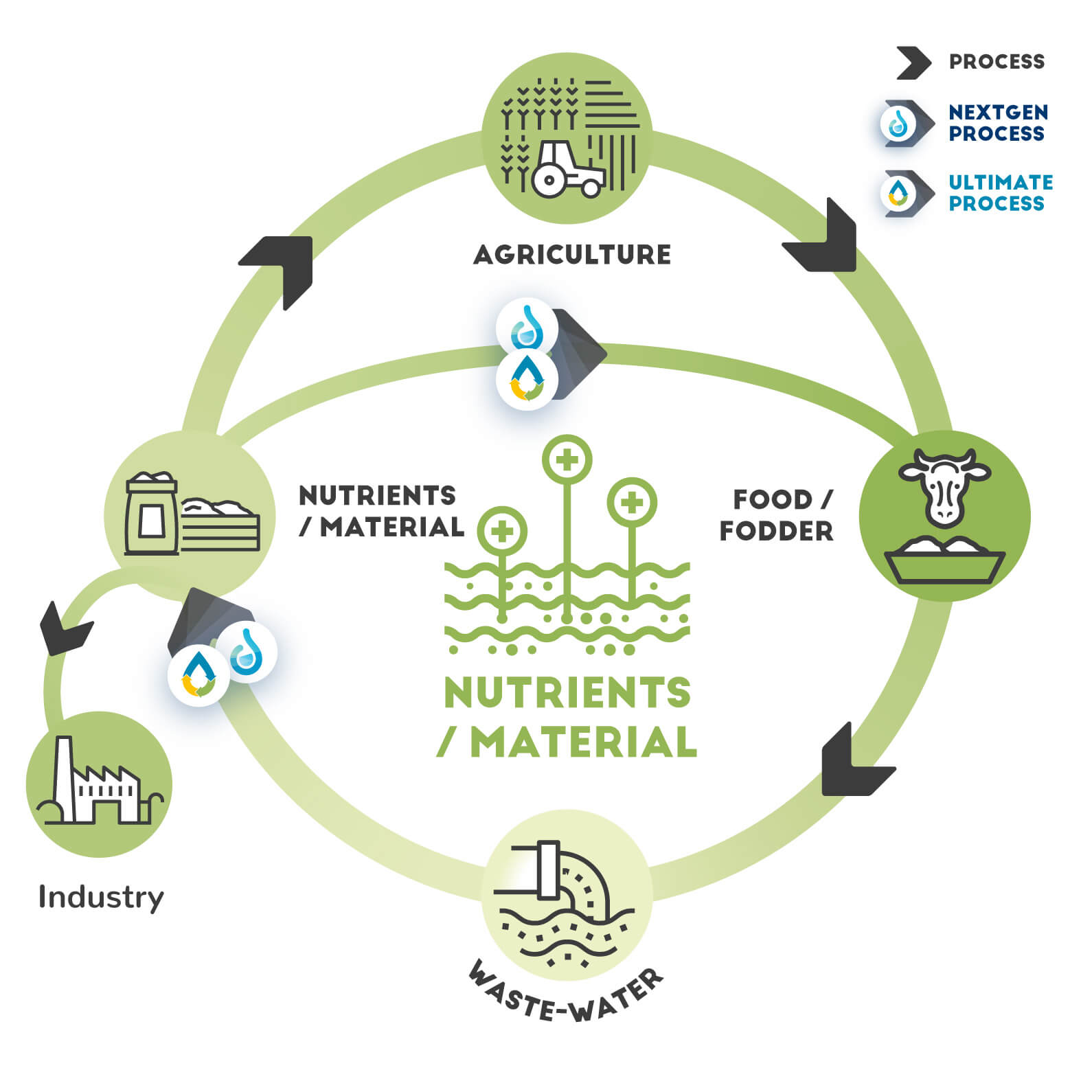

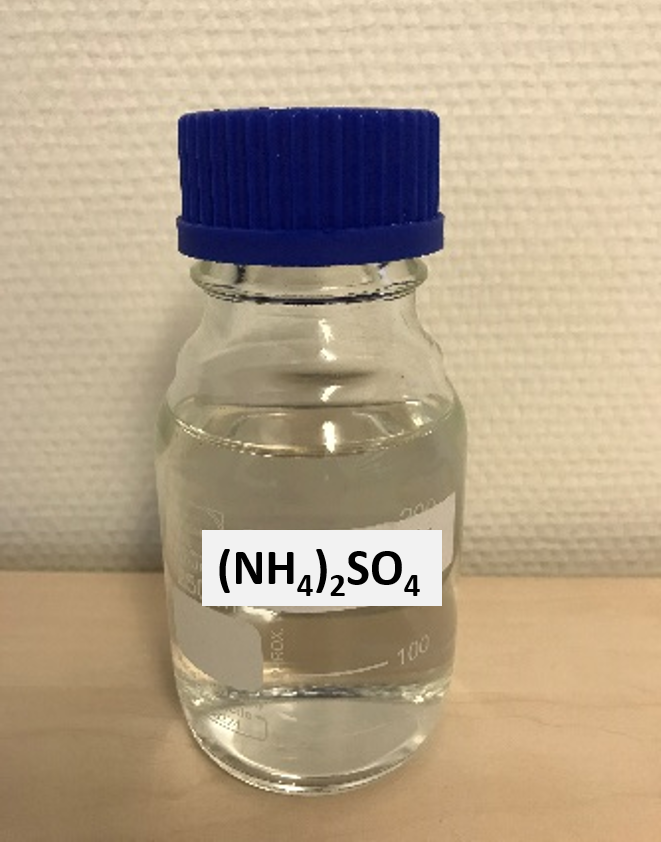
Ammonium sulphate production (air stripping & scrubbing)
Nitrogen is one of the main nutrients contained in wastewater. In wastewater treatment, nitrogen is usually removed bio…
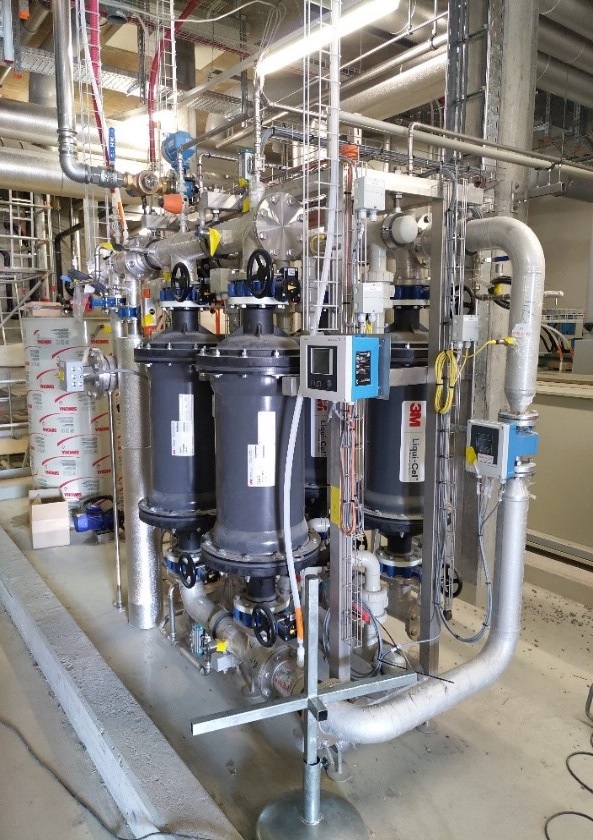
Ammonium sulphate production (membrane stripping/ HFMC)
Ammonia is a key component for fertiliser production, while ammonia and related compounds in wastewater streams have ad…

Electrochlorination
Electrochlorination (EC) is a water treatment process that utilizes electricity to produce sodium hypochlorite (NaOCl) …
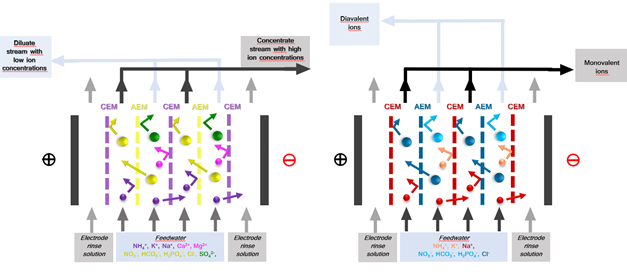
Electrodialysis
Electrodialysis (ED) is an electrochemical separation process that (selectively) transports ions through electrostatica…
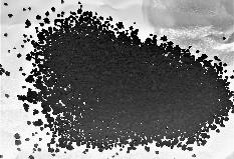
Granulated activated carbon (GAC) production via pyrolysis
Activated carbon is the collective name for carbonaceous adsorbents. Activated carbon is a non-hazardous, processed car…
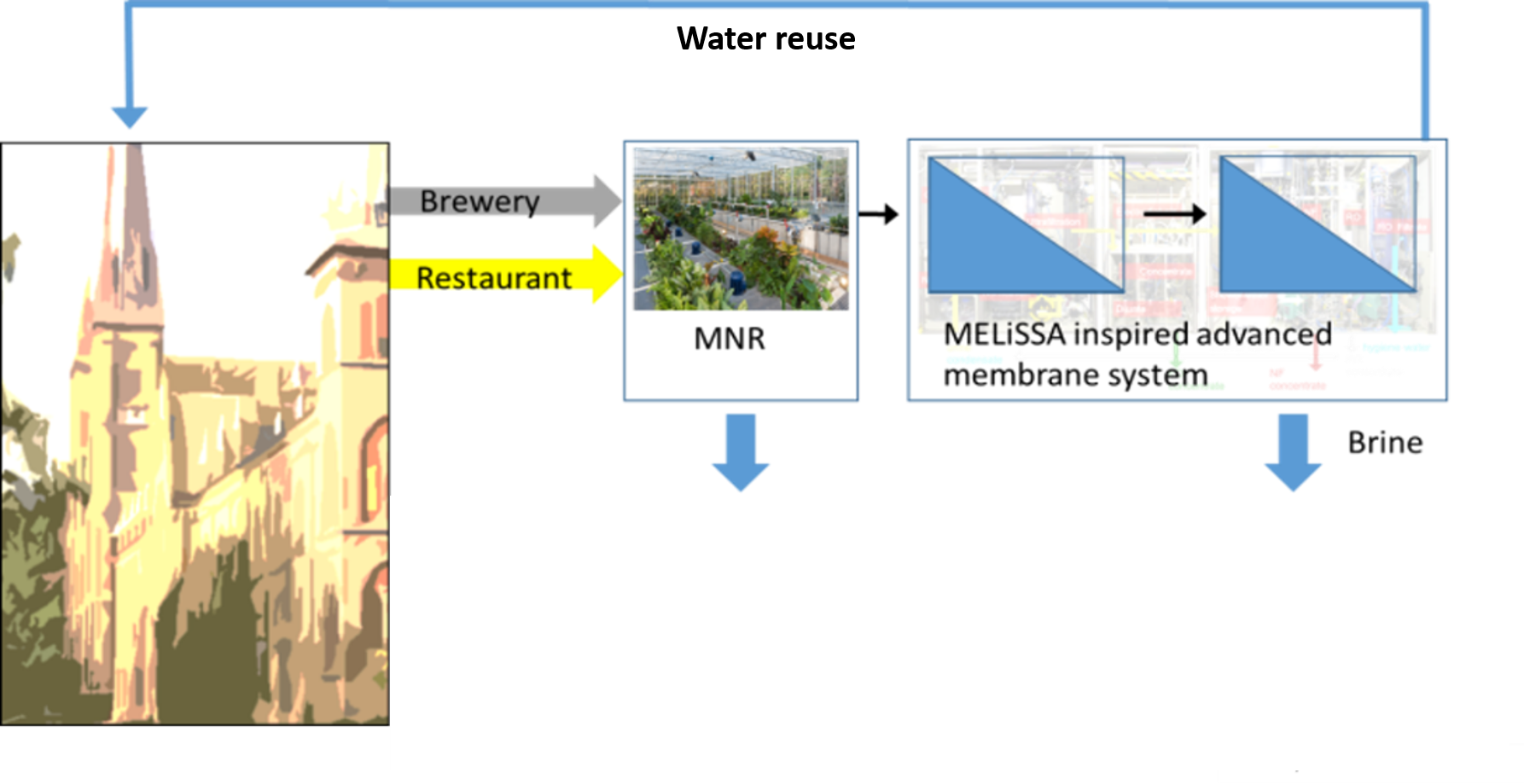
MELiSSA advanced separation systems
Micro-ecological life support system alternative (MELiSSA) is a bioregenerative life support system established by the …
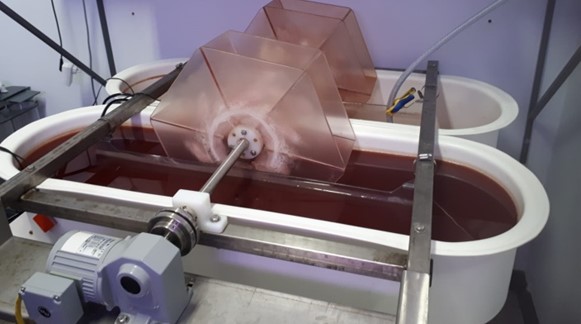
Microalgae and purple phototrophic bacteria production in a photobioreactor
Photobioreactors (PBR) act as solar receivers and supply sunlight (visible) and carbon dioxide (CO2) to microalgae (MA)…
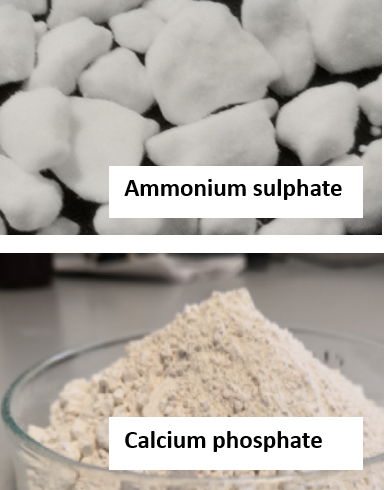
Nutrient removal and recovery via ion exchange and HFMC
Ammonia (NH4+) and phosphate (PO43-) are key components for fertiliser production and have a crucial role on the securi…
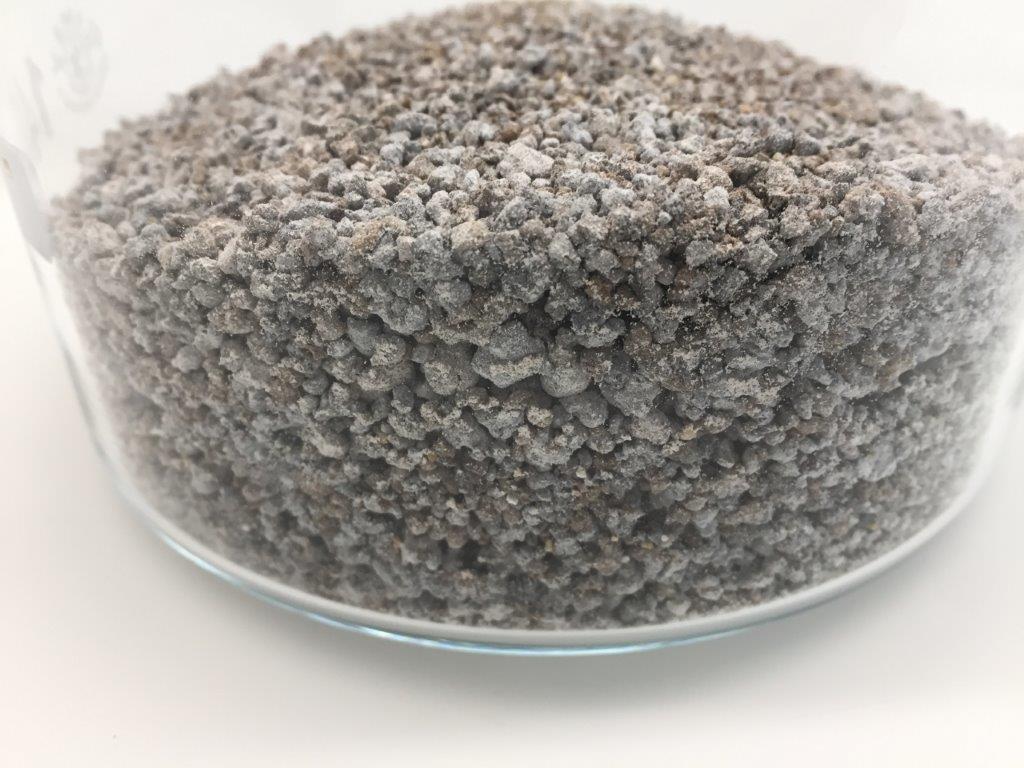
PK-fertiliser production via thermal treatment
The Pyrophos® process jointly developed by FHNW, CTU AG, AVA Altenrhein, FiBL and Landor is a multi-stage thermochemica…
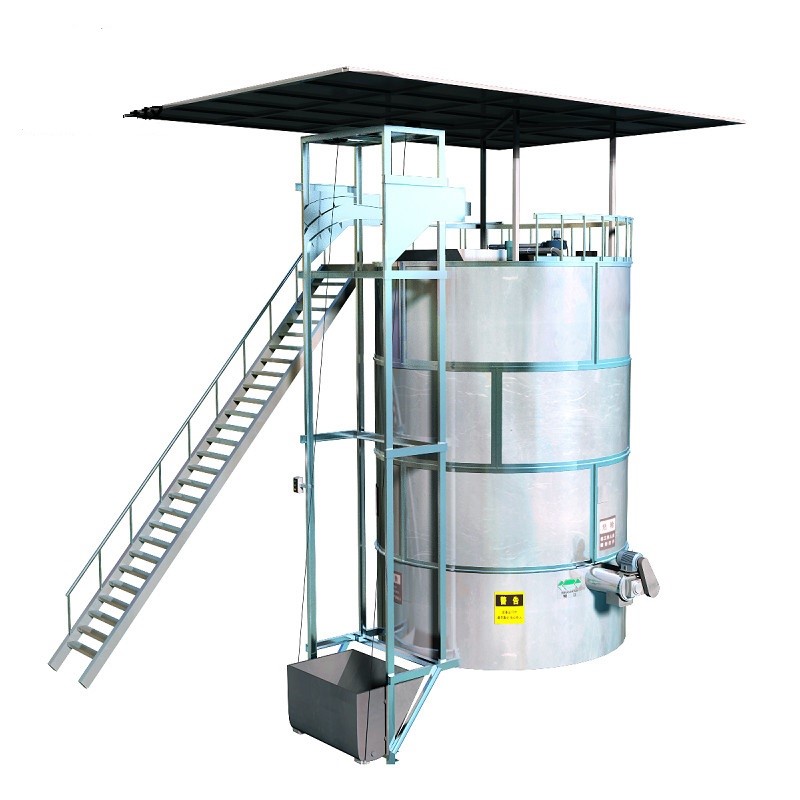
Rapid composting bioreactor
Rapid composting can be applied for the treatment of excess sludge together with pruning waste. This technology can be …

Softening, coagulation and flocculation with alternative by-products
Hard water is any type of water that contains more minerals than average tap water. Mostly it has to do with elevated l…
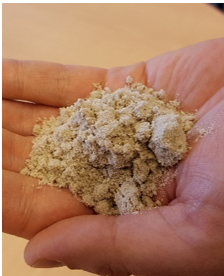
Struvite production
In the wastewater sector struvite is usually used as a name for magnesium ammonium phosphate (MgNH4PO4*6H2O), even thou…

Subcritical Water Extraction (SCWE)
Subcritical Water Extraction (SWE) is a method that benefits from the solvent properties of subcritical water. i.e. wat…
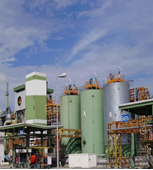
Sulphur Recovery
The exhaust gases from waste incineration facilities may contain many potentially harmful substances. Particularly, sul…

